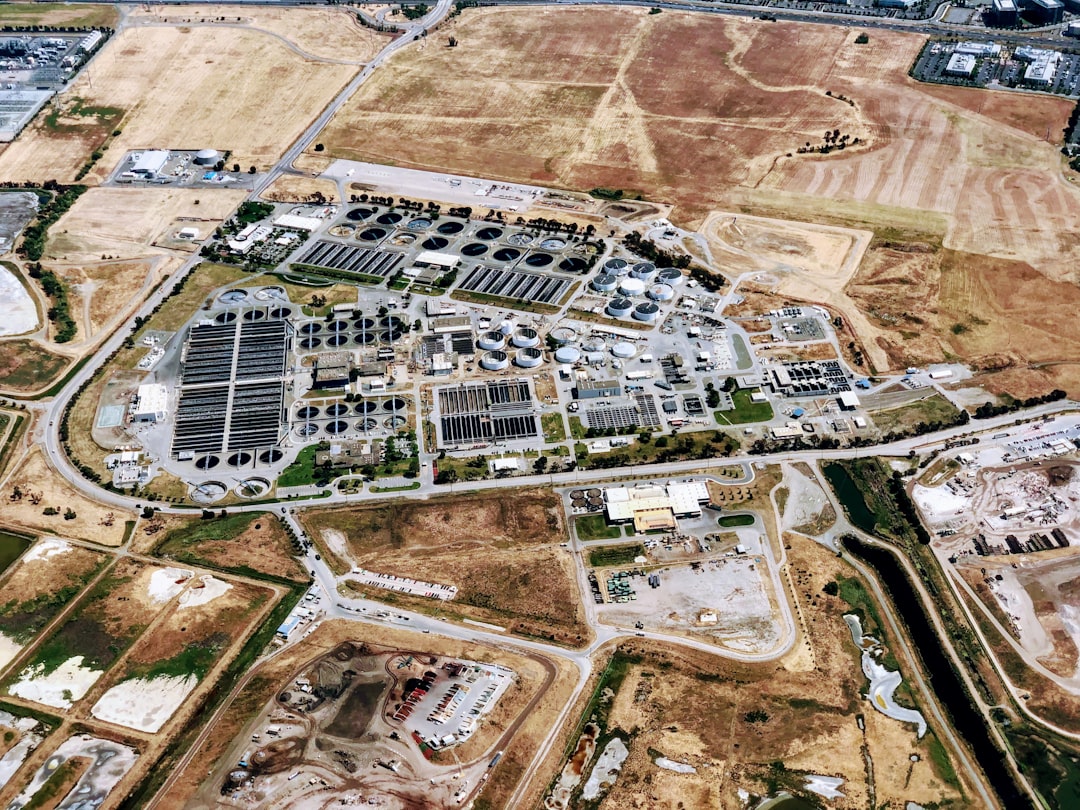What is it about?
Communist memory is an important aspect when talking about post-socialist retroactive justice. We have shown that place attachment is a core issue for the displaced people of the Iron Gates hydropower station. We have used a narrative approach to understand how the memory of materially gone places is embedded in the stories of next generations, including the post-socialist generation. How the post-socialist memory is formed/shaped is crucial in understanding the spatial politics of interenerational memory of the Iron Gates displacements.
Featured Image

Photo by Bas van den Eijkhof on Unsplash
Why is it important?
The shaping of memories for the post-socialist generation is the foundation of people’s difficulty in adapting to a market economy and the capitalist state. However, while the home becomes a locus for memory transmission between generations, post-memories are 'summarised' through certain key traumatic events.
Perspectives
The implications of the creation of these memories are significant for understanding post-socialist memory formation because post-socialist remembrance of communism is bottom-up, rooted in local events and grounded in place.
Dr Remus Cretan
west university of Timisoara
Read the Original
This page is a summary of: Place and the spatial politics of intergenerational remembrance of the Iron Gates displacements in Romania, 1966-1972, Area, September 2017, Wiley,
DOI: 10.1111/area.12387.
You can read the full text:
Resources
Contributors
The following have contributed to this page










